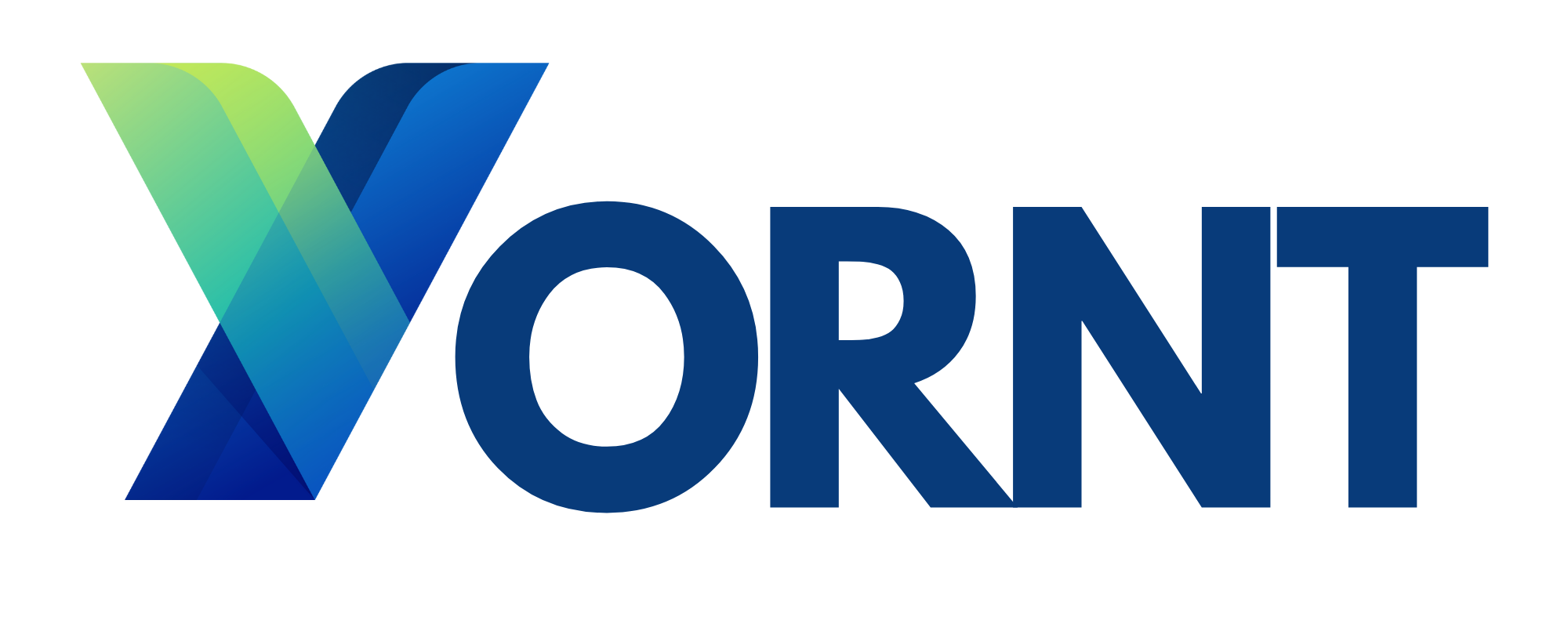Training with VR: The Future of Skills Development in Professional Environments

The workplace of tomorrow is increasingly turning to Virtual Reality as a tool for employee training and professional development. As industries across the board face rapid technological changes, the need for efficient, scalable, and cost-effective training methods has never been higher. VR is quickly becoming a game-changer in this area by offering immersive, hands-on training simulations that replicate real-world environments without the risks or logistical challenges associated with traditional methods.

In fields such as healthcare, VR is allowing medical professionals to practice surgical procedures in a virtual environment, gaining valuable experience without putting patients at risk. For example, surgeons can use VR tools like Osso VR to practice complex procedures with highly accurate, interactive 3D models. This hands-on practice can significantly improve their confidence and precision in actual operations. Similarly, nurses can engage in patient care scenarios, learning how to handle emergencies or administer treatment without the stress of real-world consequences.

The construction and engineering industries are also benefiting from VR training. Through tools like VIRTI or Strivr, workers can practice operating heavy machinery, understanding construction plans, and responding to dangerous situations, all within a controlled, virtual environment. This not only helps reduce the learning curve for new employees but also minimizes the risk of accidents on the job site, leading to safer, more effective operations.

Customer service and sales teams are also taking advantage of VR's capabilities. Employees can enter virtual customer scenarios where they practice handling difficult conversations, learning emotional intelligence and communication skills that are essential in real-world interactions. Retail giant Walmart, for example, has implemented VR training across its stores, helping employees better handle everything from customer service to emergency preparedness.
By replicating real-world tasks and situations, VR allows employees to practice and hone their skills in a safe, controlled environment. This results in more competent, confident employees who are better equipped to handle the complexities of their job. As more industries adopt VR for professional training, we can expect a shift in how companies approach workforce development, making the process more engaging, effective, and scalable.
